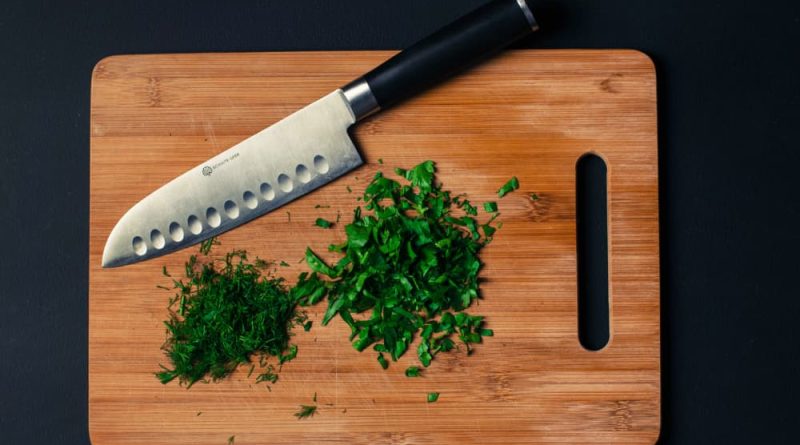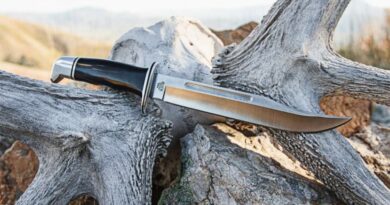Japanese knives, which ones to choose as a kitchen knife?
What are the best Japanese kitchen knives?
What are the best Japanese kitchen knives for sale online? This is one of the most common questions among kitchen knife enthusiasts. But why so much attention to this type of professional knives?
In this article we will try to explain which are the aspects that have contributed most to the diffusion of this type of kitchen knife, highlighting its pros and cons.
We will therefore try to give an answer to the question, which are the best, highlighting some of the most relevant aspects that differentiate the different models.
Why buy Japanese knives?
Today Japanese kitchen knives are undoubtedly among the most requested models, but why so much success? One of the aspects that has certainly contributed to the spread of these knives is certainly partly due to the approach of Western culture to Asian culture through the kitchen.
In fact, for several years we have been witnessing the spread of Japanese and Chinese cuisine in every city. A cuisine that fascinates young and old and which in fact contributed to the spread of Asian culture.
From the love for the typical sushi-based pacts in many cooking enthusiasts, they have also begun to become passionate about its preparation.
In this sense, Japanese kitchen knives are the best tool for making elaborate sushi-based dishes. Furthermore, many typical characteristics of these knives make them extremely appreciated also for the realization of other dishes in the kitchen.
Typical characteristics of Japanese kitchen knives:
As already mentioned in the previous paragraph, Japanese kitchen knives have also spread due to a series of their intrinsic characteristics. These are in fact the result of years of Asian tradition towards the world of blades oriented towards minimalism.
For this reason, in fact, there are not many types of Japanese shapes. Each shape of Japanese knife has one or more specific functions and is the result of years of experimentation.
In this way those knives that are famous all over the world today are born, such as the Santoku or the Nakiri knife etc.
Each shape has its own story and is designed for a specific use that is often very different from what we Westerners imagine.
Among the typical characteristics, we recall for example the angle of the edge which is generally sharpened only on one side at a narrower angle.
But at the same time we remember how these knives, depending on the shape, have different typical functions that differentiate them.
The different shapes typical of Japanese knives:
Santoku;
The Santoku knife is also known in the industry as the knife of the three virtues. This is because in Asian culture this tool can be used both for cutting meat and for cutting fish or vegetables. In fact, its typical shape lends itself ideally to cutting most foods.
This particular shape is therefore part of the secret of its success. Designed to be a perfect universal knife for any eventuality.
Recommended Santoku knife:
1) Spyderco Kitchen Classics Santoku cm.17,3 Plain Black K08PBK;
Among the most innovative Santoku knives that can be purchased online today, we point out this model made in Japan in MBS-26 stainless steel. With an attractive design, this model is a perfect cross between a traditional kitchen knife and a sports one. It is no coincidence that it is made by the well-known American kitchen knife brand Spyderco.
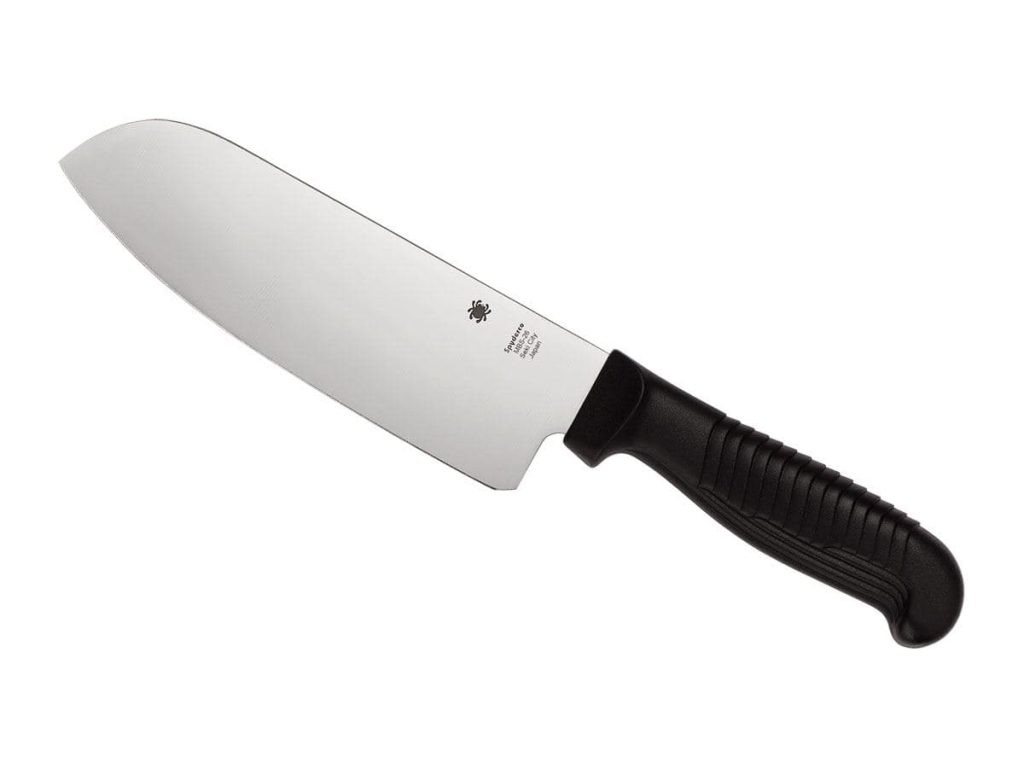
Discover Price ▷ Spyderco Kitchen Classics Santoku cm.17,3 Plain Black K08PBK;
The Deba;
Contrary to what many think, the Deba knife is not comparable to a larger Santoku knife, but rather can be used as a kitchen cleaver or butcher knife. Thanks to its characteristic design and the thickness of its blade, this knife is in fact the ideal tool for cutting small bones or for delivering dry blows.
This Japanese knife is therefore the closest tool to our kitchen cleaver.
Deba knife recommended;
3) Deba, Samura Okinawa 17 cm;
Also from the Samura brand, we also point out their traditional Deba knife. Model belonging to the traditional line called Okinawa.
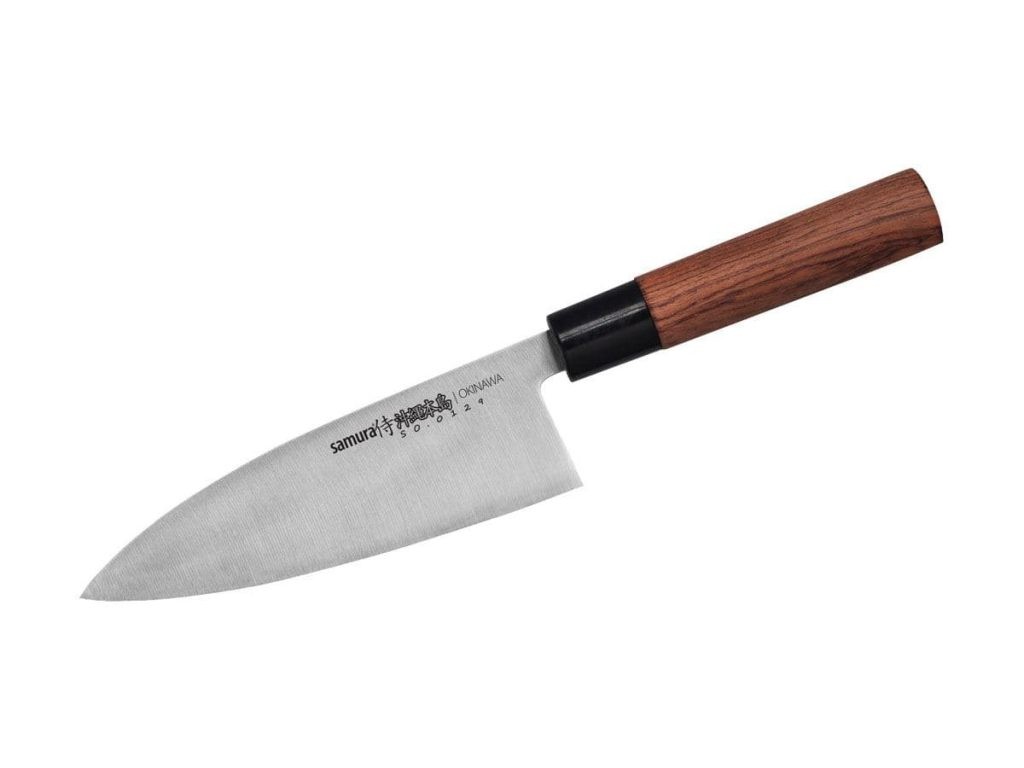
Discover Price ▷ Samura Okinawa Deba knife cm.17;
Nakiri;
The Nakiri knife is also known as the Japanese vegetable knife. Although many confuse this knife for a kitchen cleaver, in reality the ideal use of this knife is to chop vegetables. The reason is to be found in the thin blade ideal for mincing.
Recommended Nakiri knife:
2) Nakiri knife, Samura, Meteora line cm. 17.3;
Among the most captivating solutions, we point out the Nakiri knife of the famous Samura brand, one of the best known modern brands that has become
also famous thanks to the numerous videos published on his instagram page.
Made of AUS 10 Japanese steel, this knife is characterized by its unique design made of hammered steel.
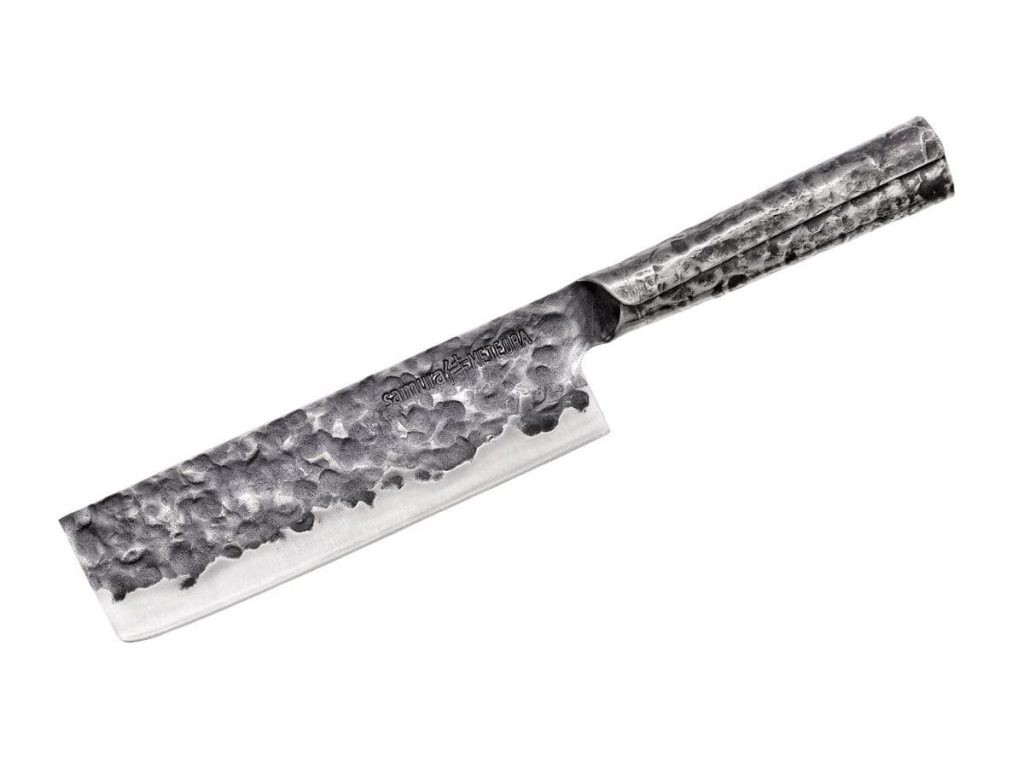
Discover Price ▷ Samura Meteora, Nakiri knife cm.17,3;
The Yanagiba;
The latter, less known, is instead the ideal tool for filleting fish or meat in general. Thanks to its elongated shape, the Yanagiba knife allows you to fillet any type of meat with a single hand movement. Its use is widespread among Japanese chefs for the preparation of Sushi. Which is why this knife is also known as the sushi knife.
Yanagiba recommended;
4) Yanagiba knife, ICEL, Tokyo line cm. 30;
Among the most interesting Yanagiba knives on the market today, we have decided to point out the new knife of the ICEL brand which has recently inaugurated a line of exceptional beauty, the Tokyo designed to meet the needs of the most expert chefs, but at reasonable prices. It should also be noted that all ICEL products are made in Portugal and are therefore manufactured to the highest European standards despite the price.
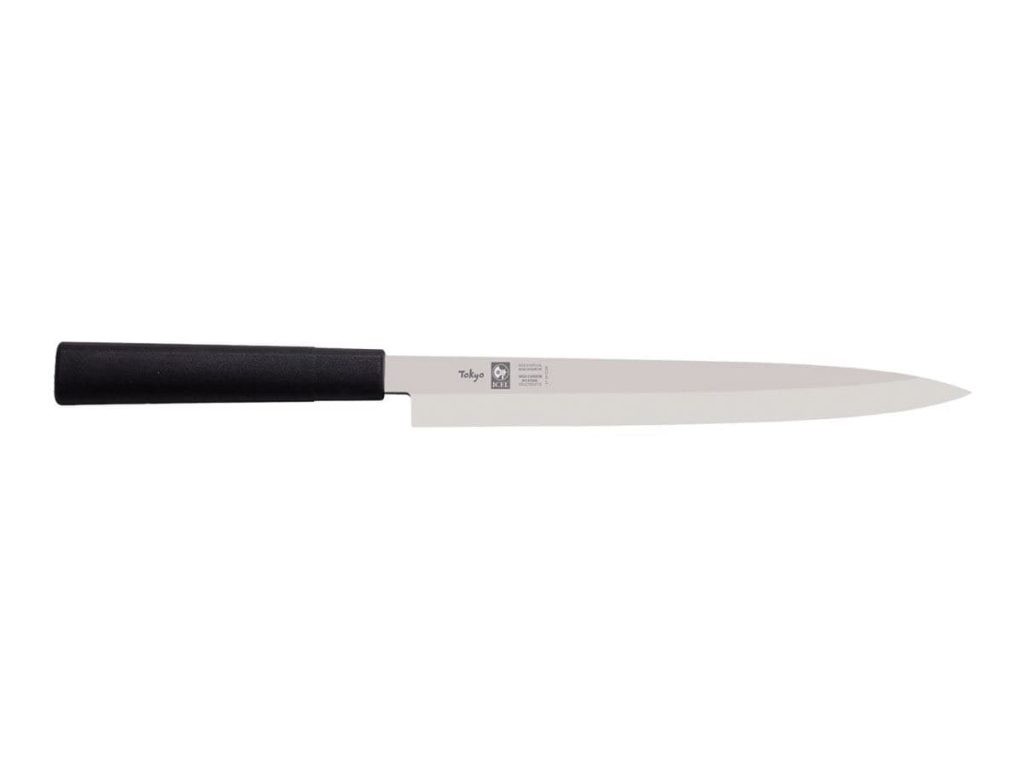
Discover Price ▷ Icel Tokyo Yanagiba knife cm. 30;
Conclusion on Japanese knives;
In this short article dedicated to the shapes of the best Japanese knives, we have tried to best highlight the aspects that have contributed to making Asian knives so popular. From types of steel to shapes. In fact, in this sense, we have seen how each blade has its own specific function and is the result of years and years of attention to detail.
Tradition that has led to the creation of successful shapes such as the Santoku knife or the Nakiri, today among the most popular Japanese knives also in Western kitchens.

